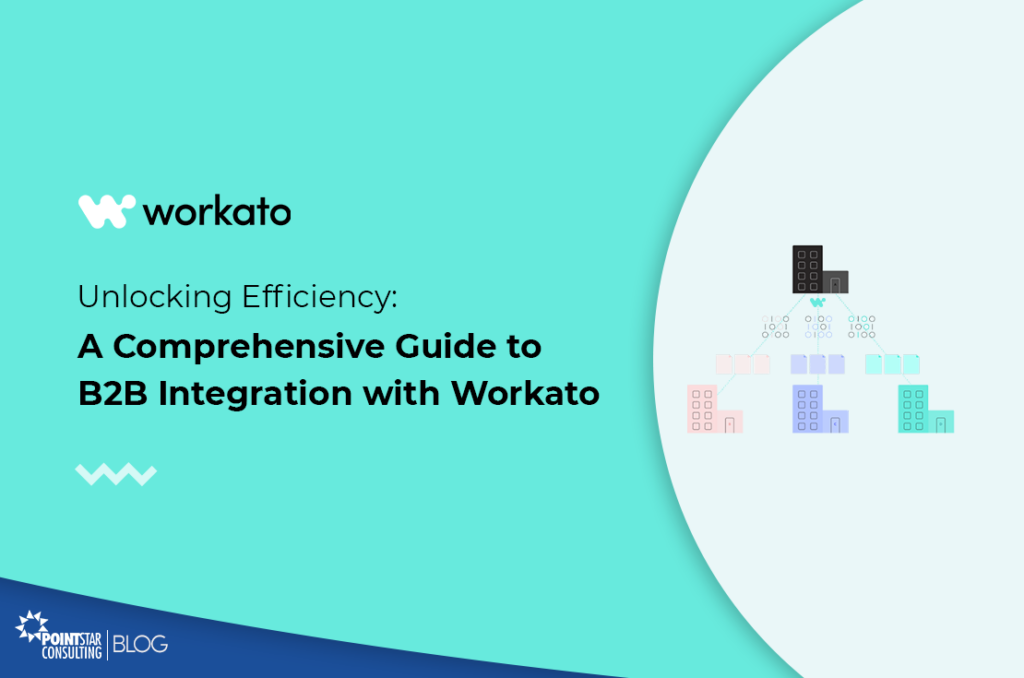Over the years, hospitality, healthcare, retail, and construction companies have fast-tracked their digital transformation initiatives. These are often driven by partnerships through which businesses in these industries achieve their end goal.
A business in the hospitality industry, such as a hotel, may partner with travel agencies to drive up bookings, while an organisation in the healthcare industry, such as a medical equipment maker, partners with hospitals that buy its products.
Retailers have a vast network of partnerships with financial institutions that enable e-commerce transactions, vendors and distributors for inventory planning and supply chain, and logistics partners. Meanwhile, a construction company partners with subcontractors, building partners, equipment suppliers, and many others.
These business-to-business (B2B) partnerships often result in companies dealing with a cobweb of different solutions used by different partners. In short, a bridge is required to connect systems from different companies to talk to each other and enable the smooth management of business processes.
What is a B2B Integration?
B2B integration is the process of connecting and aligning the systems, processes, and data of multiple systems from different companies to enable the smooth flow of information between businesses and their collaborators or partners. B2B is not to be confused with application-to-application (A2A) integration, which involves integrating solutions within a company.
B2B integration has taken many forms, including through methods such as electronic data interchange (EDI), managed file transfer (MFT), and application programming interface (API).
Businesses in the digital age prefer to perform their B2B integration with APIs rather than EDI, even though EDI has always been heavily associated with B2B. This is because EDI is a legacy approach that may perform less effectively.
Why are APIs the best choice for B2B integration?
Difficulties in managing records with EDI
Despite the EDI standards that offer guidance, some issues arise from the time-consuming implementation of the platform and differing decisions by each party that uses EDI. Dealing with these challenges often requires hiring experts, leading to high costs that many businesses may be unable to sustain.
Ease of connectivity with APIs
With APIs, companies can easily define their data fields and formats. This helps trading partners connect to the platform with low-code/no-code (LCNC) integration solutions.
Benefits and Challenges of using B2B integration
B2B integrations help organisations run their business more efficiently with many benefits. However, it isn’t always perfect. Here are some benefits and challenges that organisations should be aware of before implementing B2B integration:
Benefits of B2B integration
Collaboration with trading partners
Enables data transfer between organisations and trading partners through seamless integration.
Reducing human errors
B2B integrations enable each party to reduce the occurrence of error-prone, manual tasks, such as data entry or document uploads to specific systems.
Scalability
B2B integrations allow businesses and their partners to utilise LCNC tools for API connections. It is considered resource-efficient, allowing more employees to participate and cost-effective, especially if less technically skilled employees are involved, potentially reducing salary expenses.
Challenges of B2B integration
Connectivity issue with API
If your partner offers integration through APIs, the process can still fail if the partner can’t make API endpoints available. In this situation, businesses might have to resort to legacy B2B integration methods, such as EDI or MFT.
Participating in Comprehensive Coordination
Organisations will likely engage with multiple third parties to meet a business’s B2B integration requirements. Significant time and commitment in other forms, such as resources and expenses, are required to ensure effective implementation and the sustained functionality of a business’s B2B integrations.
Interrupting Current Integrations
The software as a service (SaaS) model enables businesses to pick solutions that best caters to their needs. By the same token, businesses also move on from ending subscription with one solutions and hopping to a new software when “cost-benefit” favours them.
When your B2B partner moves on to a new solution, you will need to rebuild a new integration with your partner’s new software. This often results in some minor interruptions.
B2B integration with Workato
Workato, a leading enterprise automation platform, helps businesses enable seamless integration for SaaS applications, on-premises systems, and databases with your network of trading partners, all without requiring coding.
Besides seamless integration, Workato offers internal integrations and end-to-end workflow automation for quote-to-cash, incident management, and lead routing. Workato’s Workbot® allows businesses to utilise platform bots, enabling employees to access data and perform actions within their business communication platforms such as Slack, Microsoft Teams, or Workplace by Meta.
Final Thoughts
In the ever-changing landscape of digital transformation and automation, trends in industries like hospitality, healthcare, retail, and construction emphasise the significance of B2B integration. As organisations collaborate extensively, the rise in integrations and automation becomes significant, particularly in the preference for API-based connections.
Workato, a leading automation platform, illustrates a practical solution for seamless integration and additional capabilities for internal workflows and platform-based automation. This aligns with adopting modern solutions to address evolving challenges in the B2B integration landscape.



